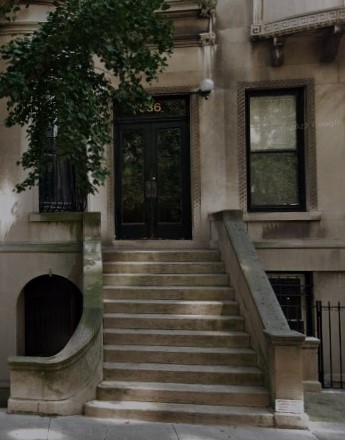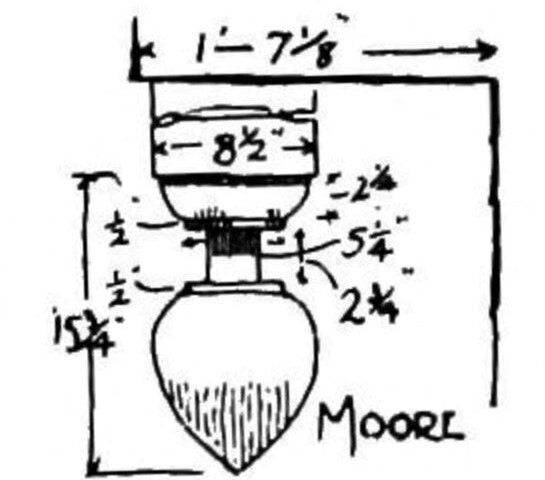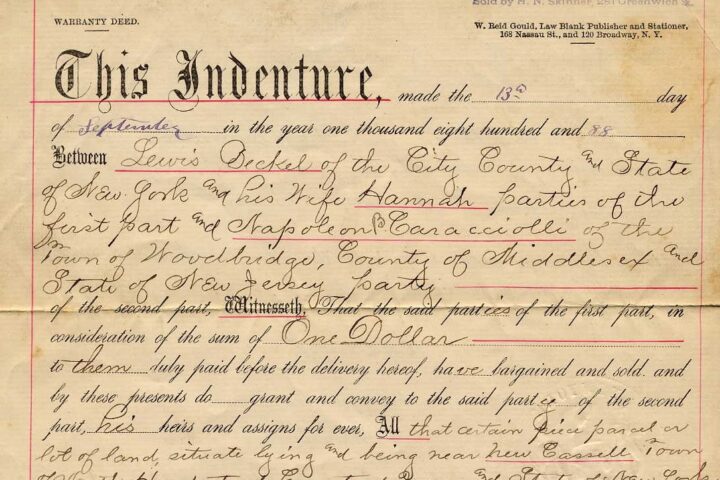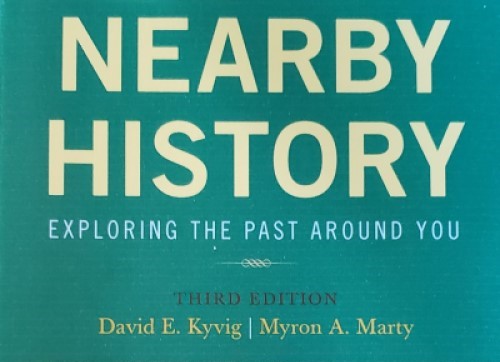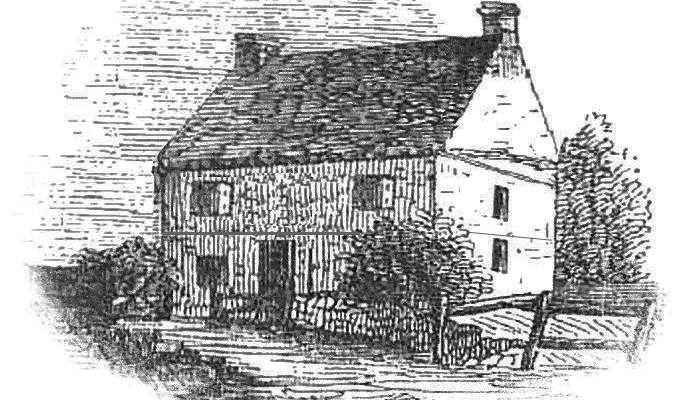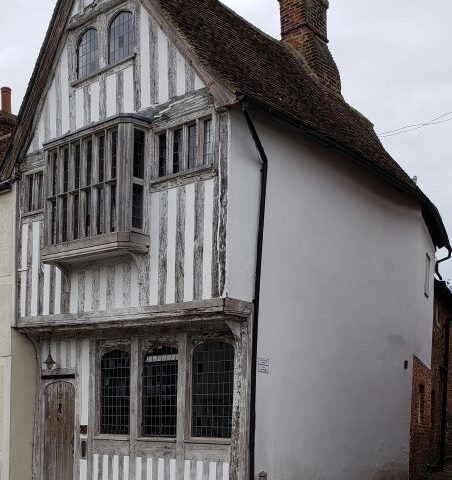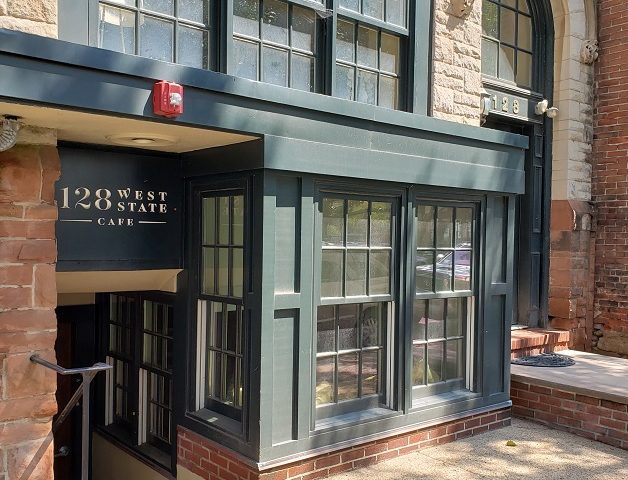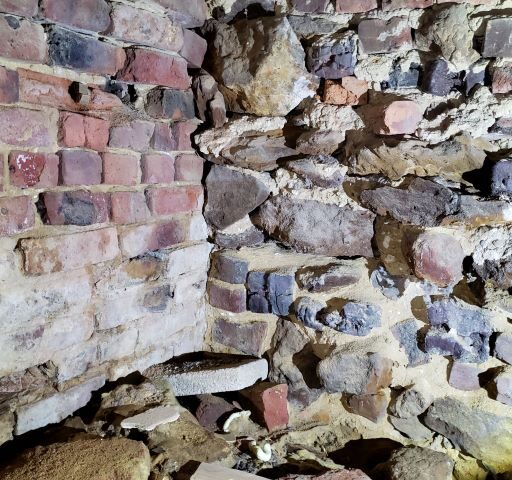The property at 336 changed many investors’ hands while still a grassy meadow before John T. Farley, a wealthy builder and real estate dealer, purchased it in 1895 to begin plans of developing a row of homes on 89th Street. The idea of constructing elaborate homes in that area may have been considered crazy...
Category: House Histories
English Origins of Early American Building Techniques — Overhangs and Drops
{Buildings Archaeology Artifactual Feature Origins Part IV — Overhangs and Drops} Introduction As part of the series English Origins of Early American Building Techniques and their connections to English origins, we can see that the commonality among dwellings was not simply in the floor plan. This can be seen in the techniques of framing,...
English Origins of Early American Building Techniques – Widely-spaced Studs
{Buildings Archaeology Artifactual Feature Origins Part III — Widely-spaced Studs} The spacing between studs may not be considered a unique technique, but the study of the method over time provides a window into the evolution of early American structures. Today’s standard stud size, 2×4 (1-½ x 3-½”) or 2×6 (1-½ x 5-½”), are spaced...
Deed Research – Breaking Through Brick-Walls
INTRODUCTION If you have ever searched through old deeds while investigating the origins of a house’s history or to discover where your ancestor lived, you may have run into a dead end while searching through the deeds. There are multiple reasons why this occurs, anywhere from the property being conveyed through probate of an...
Book Review: Nearby History: Exploring the Past Around You
{Book Review: Nearby History: Exploring the Past Around You, by David E. Kyvig and Myron A. Marty, Published by Rowman & Littlefield} Nearby History is called ‘a comprehensive handbook for those interested in investigating the history of communities, families, local institutions, and cultural artifacts.’ But it is much more than that. What I found this...
English Origins of Early American Building Techniques – Trenched Timbers
{Buildings Archaeology Artifactual Feature Origins Part II — Trenched Timbers} INTRODUCTION The first technique covered in this series of artifactual features used in early American homes by immigrant English carpenters is trenching. In his book entitled English Historic Carpentry, Cecil A. Hewett describes a trench as ‘a square sectioned groove cut across the grain.’...
English Origins of Early American Building Techniques – Introduction
{Part 1 – Introduction} Anyone who has owned, cared for, or worked on a historic property can appreciate that the details of a structure’s origins get lost over time. We don’t often know or recall who designed a building, what techniques and materials were used, and even less so, who the individuals were who...
The Look of 2021 & 2022’s Outlook
There aren’t too many people I can think of who can claim this past year as stellar. However, for research and genealogy, we were somehow able to progress even though the repositories had closed or limited their access. That being said, I thought I might share what this past year was like in my...
Using Bricks to Learn the Date of a Building
There are times when determining the date of a building through documents and architecture can be further confirmed or questioned through the study of foundational bricks. The typical process by which this can be accomplished is through thermoluminescence (TL). Simply put, this technique can determine the amount of time which has elapsed from the...
